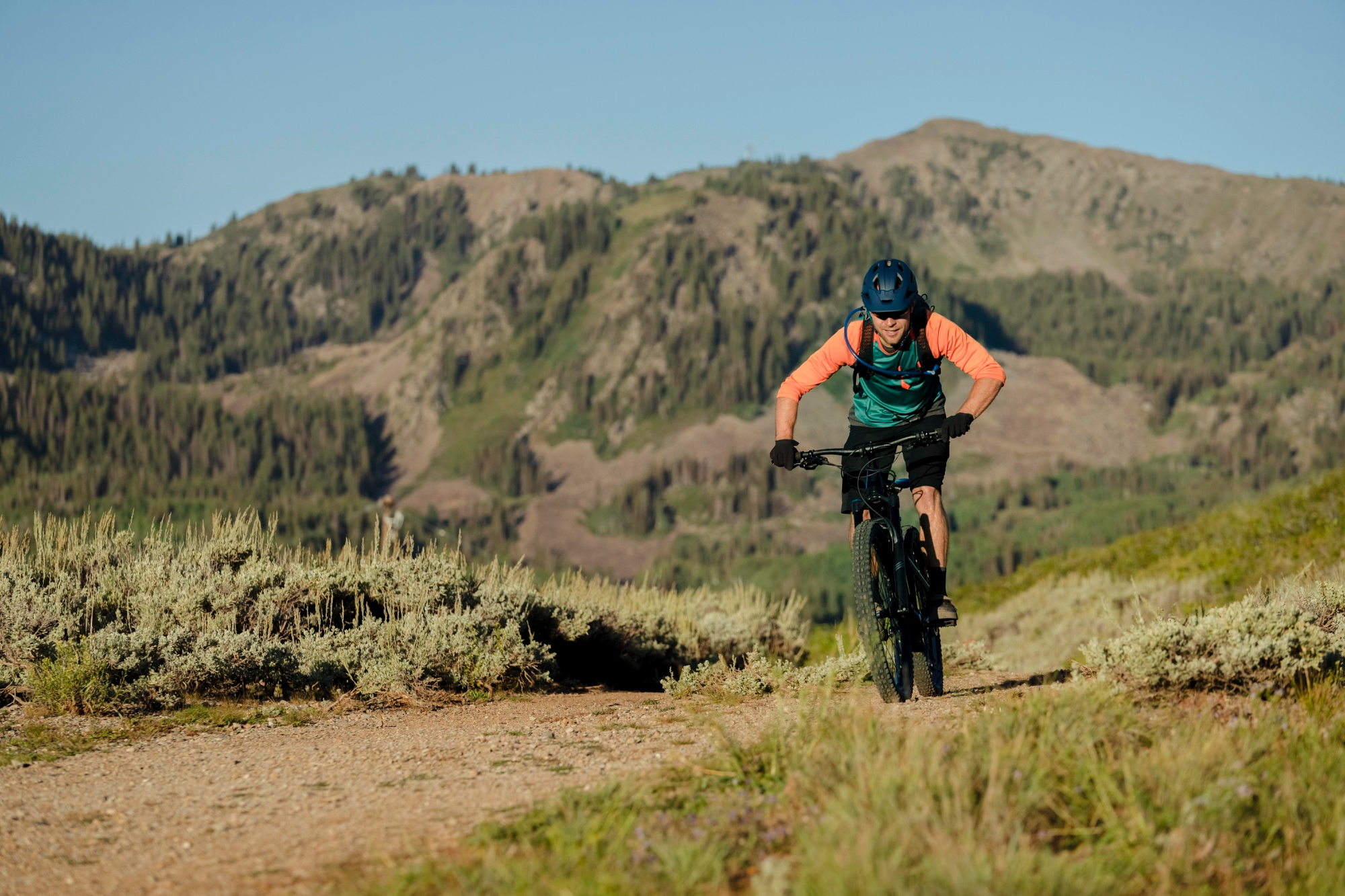Mountain biking offers an exhilarating experience for riders who crave adventure and freedom. Whether navigating rocky terrains, winding through forest trails, or cruising down steep descents, mountain biking is about pushing boundaries. With advanced technologies and innovative designs, modern mountain bikes have redefined what is possible on two wheels.
Advanced Mountain Bike Technology
When exploring mountain bikes for sale, you’ll find models that offer innovative features for every rider. Their cutting-edge technology features durable frames crafted from lightweight materials like aluminum or carbon fiber, ensuring strength without adding unnecessary weight and allowing riders to tackle rugged trails easily.
Another major innovation is the inclusion of advanced suspension systems. Dual-suspension designs of front and rear shock absorbers ensure better control and stability on uneven paths. These systems reduce the impact of bumps, enabling smoother rides on rugged trails.
Precision braking systems, such as hydraulic disc brakes, offer reliable stopping power in all weather conditions. Combined with high-traction tires, these features allow riders to maintain control and confidence on even the steepest or slipperiest trails.
The Role of Gearing Systems in Performance
Mountain bikes rely heavily on gearing systems to adapt to varying trail conditions. Modern bikes have a wide range of gears to make pedaling more efficient, whether climbing steep hills or accelerating on flat terrain.
Single-chainring setups, often referred to as 1x drivetrains, have become popular. They simplify gear changes and reduce the bike’s weight, making them ideal for trail riding. While less common, multi-chainring setups offer a broader range of gears and can be beneficial for long rides involving significant elevation changes.
Regular maintenance of the gearing system is essential to ensure smooth and precise shifting. Cleaning and lubricating the chain, checking for wear, and adjusting derailleurs are simple practices that enhance overall performance.
Trail Riding Safety Tips
Safety is a critical aspect of trail riding, ensuring that every adventure remains enjoyable and free of unnecessary risks. Ensure you have the right gear and tools when on a trail hike. Here are some easy tips you can follow:
Protective Gear for Enhanced Safety
Wearing a well-fitted helmet is essential to prevent head injuries. Adding knee pads, gloves, and sturdy shoes offers extra protection and better grip. High-visibility clothing enhances safety, especially on shared trails.
Understanding Trail Conditions
Knowing trail difficulty and terrain is key to safe riding. If you are a novice mountain biker, avoid slippery trails after rain or snow. Checking weather updates and trail reports helps you prepare effectively.
The Impact of Suspension on Trail Comfort
Suspension is crucial for providing comfort and control during trail rides. Hardtail bikes, equipped with front suspension only, are great for less technical trails and cross-country rides. They are lighter and more affordable, making them suitable for beginners or riders seeking speed over rugged terrain.
On the other hand, full-suspension bikes are designed for more challenging trails. The addition of rear suspension absorbs shocks from rough surfaces, offering greater comfort and improved traction. This feature is particularly valuable when descending steep trails or riding on rocky paths.
Essential Features of Modern Mountain Bikes
Modern mountain bikes are equipped with features that enhance performance and safety.
- Dropper Seat Posts allow riders to adjust seat height while riding, enhancing versatility on varying terrains. Lowering the seat during descents provides excellent stability and control, especially on steep trails, while raising it improves pedaling efficiency during climbs.
- Tires ensure grip and stability on different trail surfaces. Tubeless tires are popular because they can run at lower pressures, reducing the risk of flats and increasing traction. Wide tires with deep treads perform exceptionally well on loose or muddy trails, whereas narrower tires are better suited for hard-packed surfaces and offer smoother performance.
- Frame Geometry significantly influences how a bike handles on the trail. Bikes with slack head angles are designed for better control during descents, making them ideal for challenging downhill sections. A well-thought-out frame design ensures a more enjoyable and efficient trail-riding experience.
Sustainability in Mountain Bikes
The growing demand for environmentally conscious products has influenced mountain bike manufacturing. Many companies now focus on sustainable practices, such as using recycled materials in production and reducing waste. Durable designs that extend the lifespan of bikes also contribute to reducing environmental impact.
Additionally, advancements in electric mountain bikes (e-MTBs) are reshaping how people explore trails. These bikes combine pedal power with electric assistance, enabling riders to cover longer distances and conquer challenging climbs without excessive effort. While e-MTBs offer a different riding experience, they share the same focus on innovation and performance as traditional mountain bikes.
The evolution of mountain bike design has transformed trail riding into an accessible and thrilling activity for riders of all skill levels. As you explore the market for mountain bikes for sale, you will find various options tailored to different terrains and preferences. Riders can look forward to exploring new trails, pushing their limits, and enjoying the great outdoors on bikes that redefine what’s possible.










